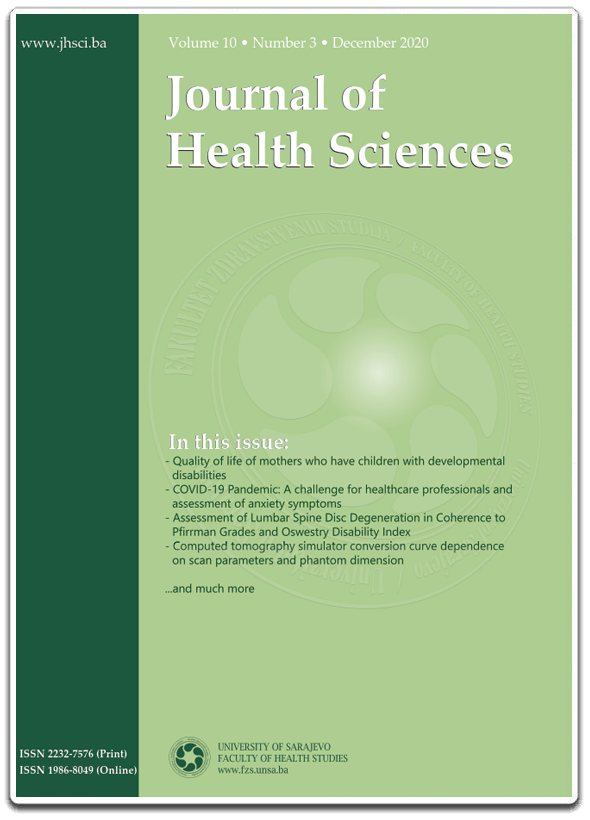Pilot Experimentation of the Accuracy of Accelerometer Activity Count-Derived Breaks in Sedentary Time
DOI:
https://doi.org/10.17532/jhsci.2018.514Keywords:
Accelerometry, break, exercise, physical activityAbstract
Introduction: The purpose of this study was toconduct a pilot experimentation of the accuracy of the ActiGraph GT9X model in detecting breaks from sedentary behavior.
Methods: Participants completed six transitional-based sedentary break activities while wearing an ActiGraph GT9X accelerometer. Data were processed using both the default filter and low-frequency extension filter. Direct observation was used as the criterion to observe a break in sedentary behavior. Trial 1 included the transition from sitting to standing; trial 2, sitting to walking for 30 sec; trial 3, sitting to walking for 1 min; trial 4, standing to walking for 30 sec; trial 5, standing to walking for 1 min; and trial 6, standing to sitting.
Results: For both the default and low-frequency filter, the accelerometer only detected a break 10% of the time for trial 1. Accuracy was also low (<40%) for trial 6. However, accuracy was perfect (100%) for trials 2-5.
Conclusion: The ActiGraph GT9X accelerometer was inaccurate in detecting a sedentary break when transitioning from a sitting to standing position but was accurate for other transitional shifts.










